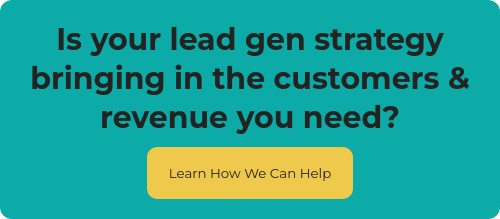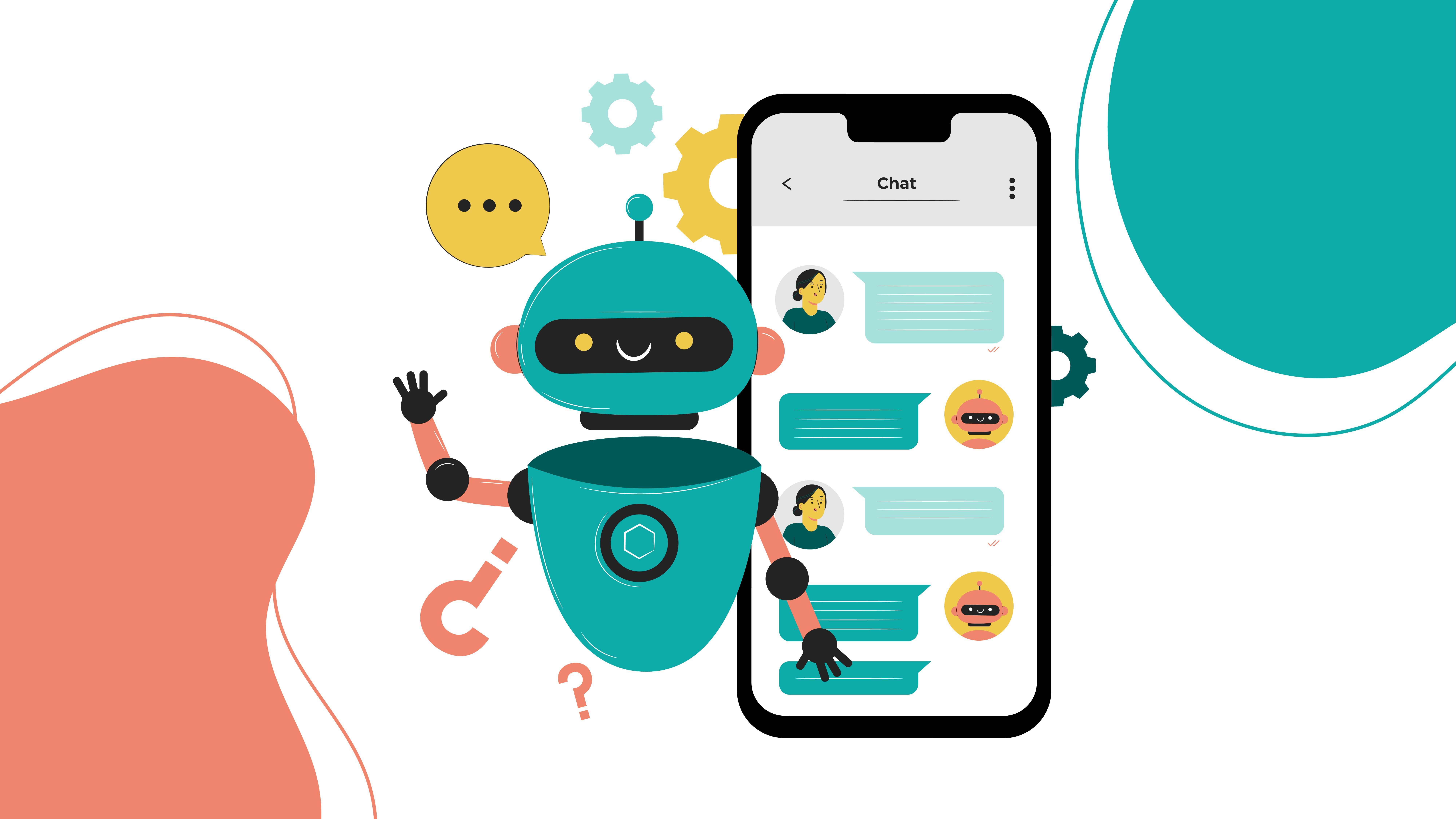Ways in which people consume content and get answers to questions are constantly evolving. More often, people choose video, audio, and chat to get information rather than reading long-form posts (like this one). If we’re losing you already and you’d rather chat, we converted part of this post into a bot for you (take a look at the bottom right of your screen!).
Today, we will focus on chat — specifically chatbot lead generation. Remember, to capture as many eyeballs as possible, you need to adapt to consumption trends. According to a Tidio study, 88% of customers had a first-hand experience and chatted with a bot in the last year. However, only 19% of businesses surveyed use bots. Sounds like an opportunity, wouldn’t you say?
This is why chatbot marketing should be part of your strategy. Setting up a robust chatbot can be a good way to engage your target audience, enhance their user experience, and capture prospective customers.
Choose the Ideal Content for Chat
Content strategy is part of the chatbot marketing strategy. To create a robust chatbot, you’ll need to develop robust content. Content that answers a question and steers the user on a path that can be converted into a flowchart is ideal for building an automated chatbot.
Furthermore, for the audience to be willing to provide contact info in your bot, they need to be convinced that you will provide them with helpful information that will save them time and/or money.
Here are some examples of content that could be used in a chatbot:
Quizzes
A chatbot is a great way to administer a quiz. It’s a much more captivating medium than using a form. We’ve used chatbots for quizzes for clients with great success. This quiz was built for a client specializing in business formation to help the user determine what legal entity would be most appropriate for their new business.
Based on the answers to their questions, such as whether they would want to go public in the future or turn a profit, the user gets an answer with a specific entity type that would be most suitable for their organization. Because of the ease of use and the value that the quiz presents to the user, the company can generate highly qualified leads from the program while collecting valuable information that later helps them customize nurture and conversion programs.
FAQs
Often, reading through FAQs to get an answer can be a time-consuming task. A well-designed chatbot with FAQs can cut that time significantly for a user and get them the information they need much more efficiently. In many instances, FAQs can be categorized into buckets of technical questions, pricing questions, feature questions, etc. These categorizations are useful in creating the flowchart for the chatbot and narrowing down the path to an answer for the user.
In this example, we employed a chatbot for a client as an alternate way of searching a resource page. This page houses all the client’s lead magnets, so the chatbot doesn’t require the user to enter an email address because all the content on which the chat ends is behind a lead gen form for lead capture.
Surveys
Emailing a survey often gets a low response rate, especially without an incentive. A chatbot can be a more effective delivery platform for a survey, especially if the survey appears after a certain action. For example, if you are looking to find out what features are most important to prospective clients, offer a survey on a "Why Us" page, the way we did for a client.
Not only will you learn what features are most important to your prospective clients, but you can also demonstrate your strengths over your competition in the chat, directing users to content that puts your features and brand in the best light. Chatbot surveys don’t have to be long — one question is all it takes to get invaluable insight into your leads.
Product Pages
Product pages or blog posts that mention your product features can be an effective place for a chatbot. Especially those with complicated feature offerings and package selection. Determining what features and services to commit to can be tricky for users browsing your website.
A well-designed chatbot can help simplify the decision without some of the unnecessary noise that might appear on a website and the abundance of content often surrounding the decision, making the experience overwhelming. If your service or product features solve specific problems and fulfill specific needs, formulate your chat so that the choices are simple for the user and the next steps are defined for them.
Other
Most pages and blog posts can feature an effective chatbot. It’s okay to focus on a specific part of a page, post, tool, or content that lends itself to a conversational, question-and-answer style. The post you’re reading now is a good example. Check out how we turned the "Choose the Ideal Content for Chat" section of this post into a Q&A about whether your content is suitable for chat, and see how we collect and follow up on the leads in the process.
Create a Flowchart of the Conversation
Your chatbot can be as simple as one survey question, in which case you will not need a complicated flowchart to map out the conversation and the implementation will be super simple.
In other instances, the conversation will be more complicated. In this case, we suggest that you write out all the answers to your questions and map out the paths of the conversation in a doc. You can use a flowchart or a simple outline format.
Writing this out will simplify your implementation once you are ready to create a chatflow in your chat tool. Doing this before you select your tool can also be useful because it’ll help you determine what features you will need in your tool.
Choose a Chatbot Platform
Once you have some content you can turn into a chatbot and you’ve mapped out a chatflow, you will need a chat tool with features that will allow you to display the conversation on your website. Keep in mind that if you are utilizing a chatbot for lead generation, an integration with your CRM will be important.
There are dozens of platforms that offer chat features. You may already be using a CRM, ESP, or another martech platform that offers the features. Most of the platforms offer a free version where you can experiment with features and test the functionality before you commit to a paid subscription.
HubSpot
We use the chatbot features offered by HubSpot. We recommend this tool for several reasons, including the ease of setup, connection to CRM, analytics, and customization features.
Zendesk
Zendesk is also a very reputable platform. You can check out their features and pricing here.
Drift
Drift is another conversational platform. They offer features specific to lead generation, among others, for those who want more sophisticated options for this business channel.
Tidio
Tidio is another option. They combine AI and human support for excellent customer service.
Other Plugins
There are many other plugins you can use that offer similar features and typically are easy to integrate with your website. Brevo is one. We found this useful chart they put together outlining some of their competition, pricing, and best use cases.
Implement Your Flowchart in your Chat Tool
Once you have chosen your chat tool and integrated it with your website, it’s time to create your chatflow using the flowchart or outline you mapped out in your doc. Make sure you have set up a lead collection system when asking for contact info. Be sure to follow up with your leads in a timely manner and keep them engaged to move them down your sales funnel.
Need More Help?
Chatbot implementation is part of First Page Strategy’s lead generation services, and we can handle all the above for you. Learn more about our full lead generation capabilities and how we can help you grow bigger, faster!







